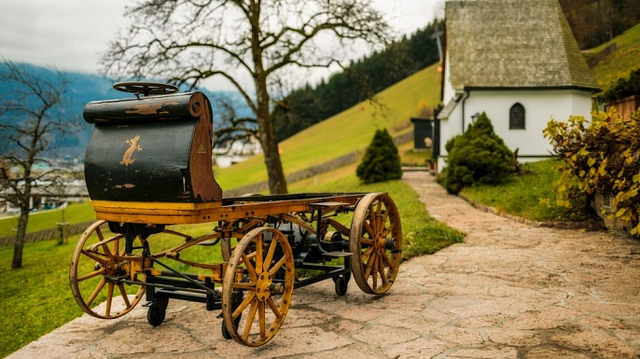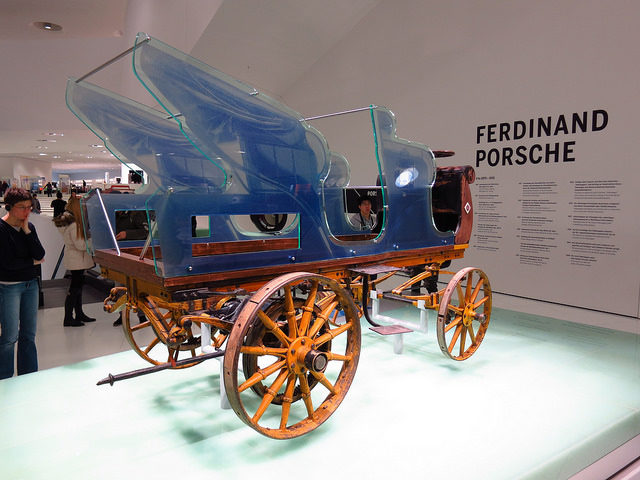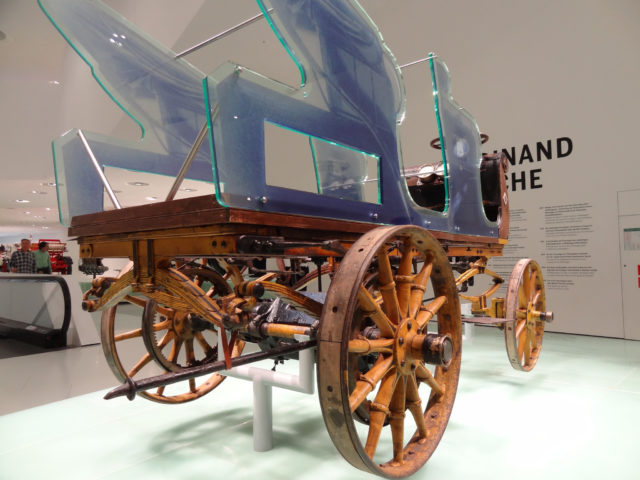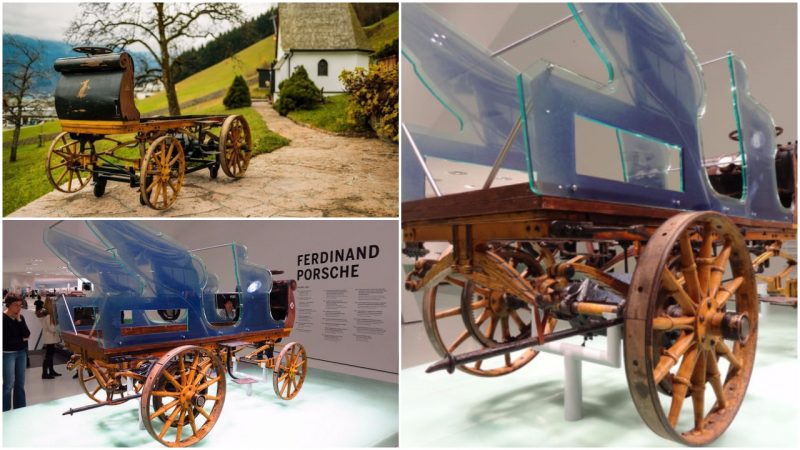Known for their luxurious and high-performance vehicles, Porsche is one of the leading producers of sport and exotic cars in the world. Its founder, Ferdinand Porsche, was interested in engineering since his childhood.
Even though he never received any high education, Porsche often visited university classes, as he was always thirsty for knowledge. Ferdinand often assisted his father in his mechanical shop, where they worked on car reparations. The young visionary worked on many engineering projects in his life, but he fulfilled his dream in 1931, by establishing his company, Porsche, in Stuttgart, Germany.

In the beginning, Porsche only offered vehicle development and consulting services to other manufacturers, but was not producing cars under its brand. Like many other German companies at the time, Porsche worked closely with the uprising Nazi establishment. During the war, Porsche produced several tanks for the German army. Before that, one of the earliest assignments of the company, given by Hitler, was the development of an affordable car. Hitler wanted every German citizen to own a car and travel the newly built road system. So, Ferdinand Porsche was given the task to design and develop the vehicle. The result was the invention of the iconic car, Volkswagen Beetle, in 1934. After the Volkswagen factory had been opened, Ferdinand served as a general manager of the company.
But the Beetle was not the first car Ferdinand Porsche designed. In 1898, Ferdinand designed his first car, named Egger-Lohner electric vehicle, C.2 Phaeton model or “P1” for short. P1 meant Porsche One, as it was the first Porsche ever made.
This car was made by the request of Ludwig Lohner, the owner of the Austrian car manufacturer, Jacob Lohner. Mr. Lohner contacted Ferdinand Porsche and demanded an electric vehicle to be built, as he considered the time of the horses and chariots to be over. Porsche accepted the challenge, so the P1 was created. The car had the looks of an old carriage, but with a slight difference: instead of horses in front, it was powered by an electric motor. Ferdinand Porsche wanted to make sure that he will take full credit for the creation of the car, so he engraved P1 on all the vehicle parts.

The P1 first appeared on the streets of Viena, on June 26th, 1898. The car had four seats and was put in motion by an octagon electric motor. Thanks to its 3-5 HP engine, the maximum speed of the car was 21 miles per hour, and it had an amazingly complicated gear system. Fully charged, the car could be driven for about three to five hours, passing approximately 49 miles.

Made mainly from wood, the car weighed 2977 pounds, as the battery itself had the weight of 1103 lbs. The wheels were made of wood, with a pneumatic tire surrounding them. The open-air body of the vehicle could be alternated so that the car could be used in both winter and summer periods.
One year after the creation of the car, Ferdinand Porsche took the vehicle to the Berlin Road Race, on September 28th, 1989. Ferdinand won the race and managed to achieve a shocking result: the P1 reached the finish line 18 minutes before the second-ranked car.

Moreover, the P1 was also named the most efficient vehicle, with the lowest energy consuming engine.Two years after this race, the P1 disappeared in 1902, and it was later found in a shed in Austria, where it stood for 112 years.
Read another story from us: Classic cars that are skyrocketing in value
The car was discovered in an excellent condition, almost untouched. The only things missing were the battery and the seats. Today, Porsche P1 is on display in Porsche Museum in their hometown, Stuttgart.
